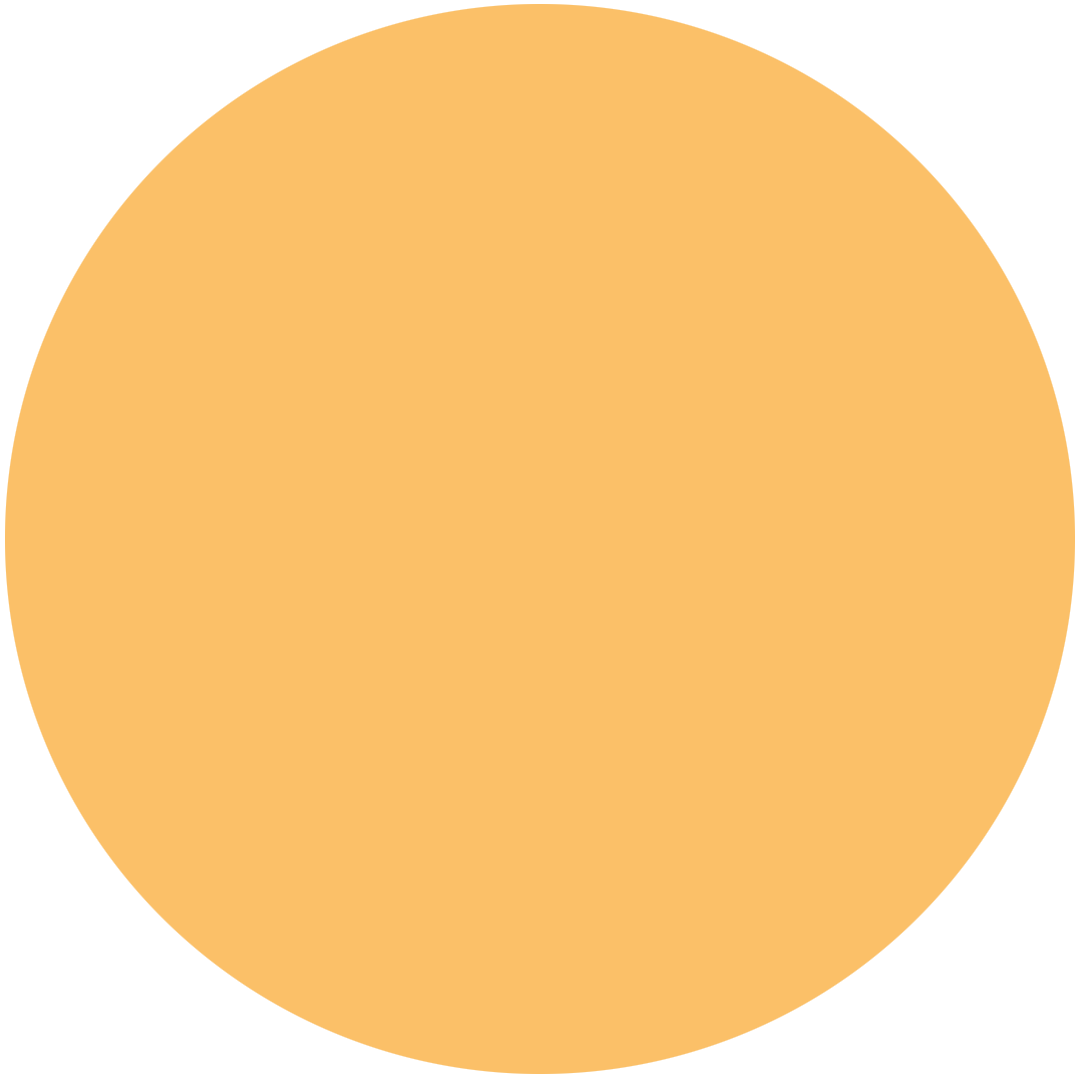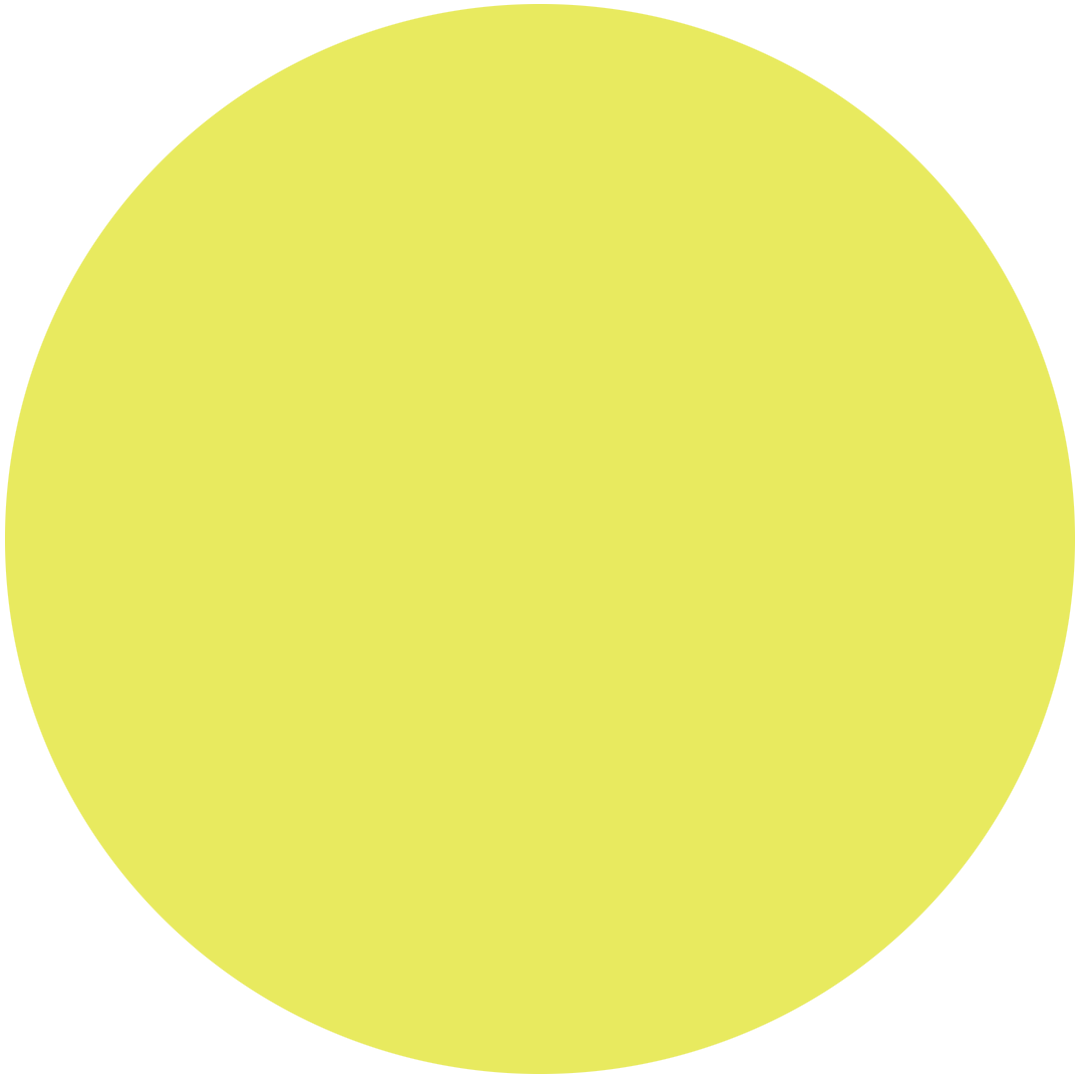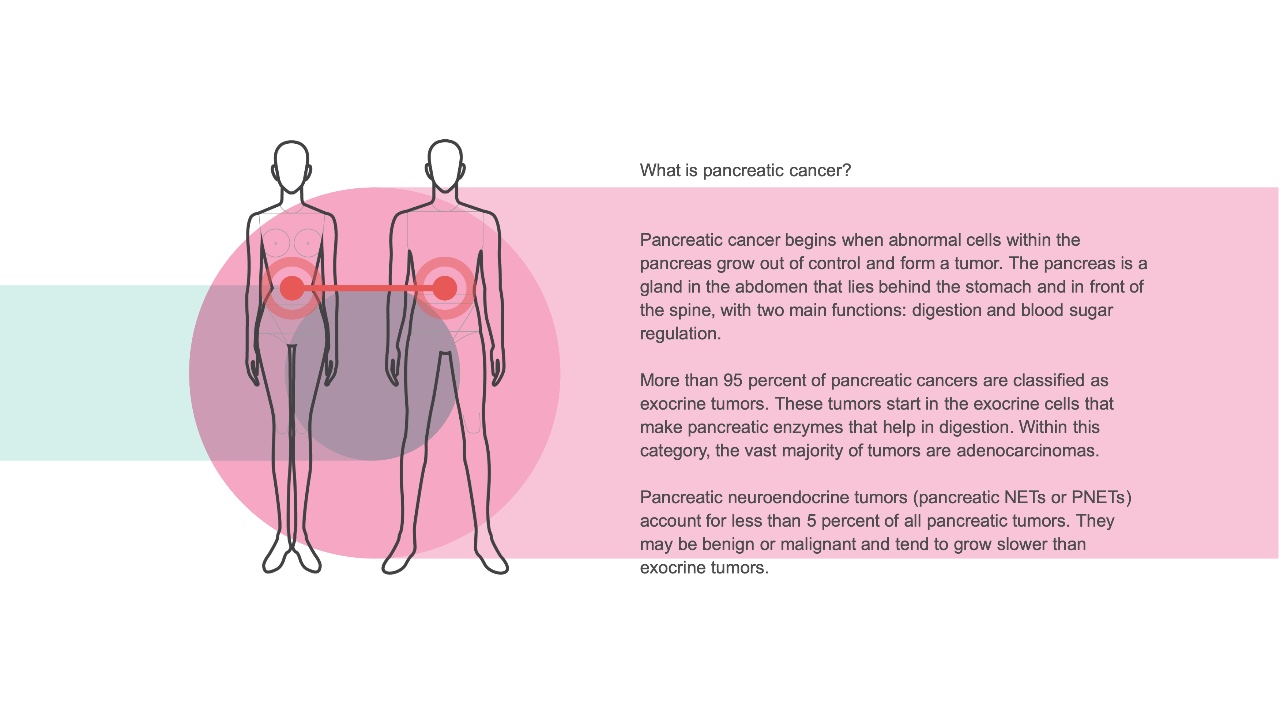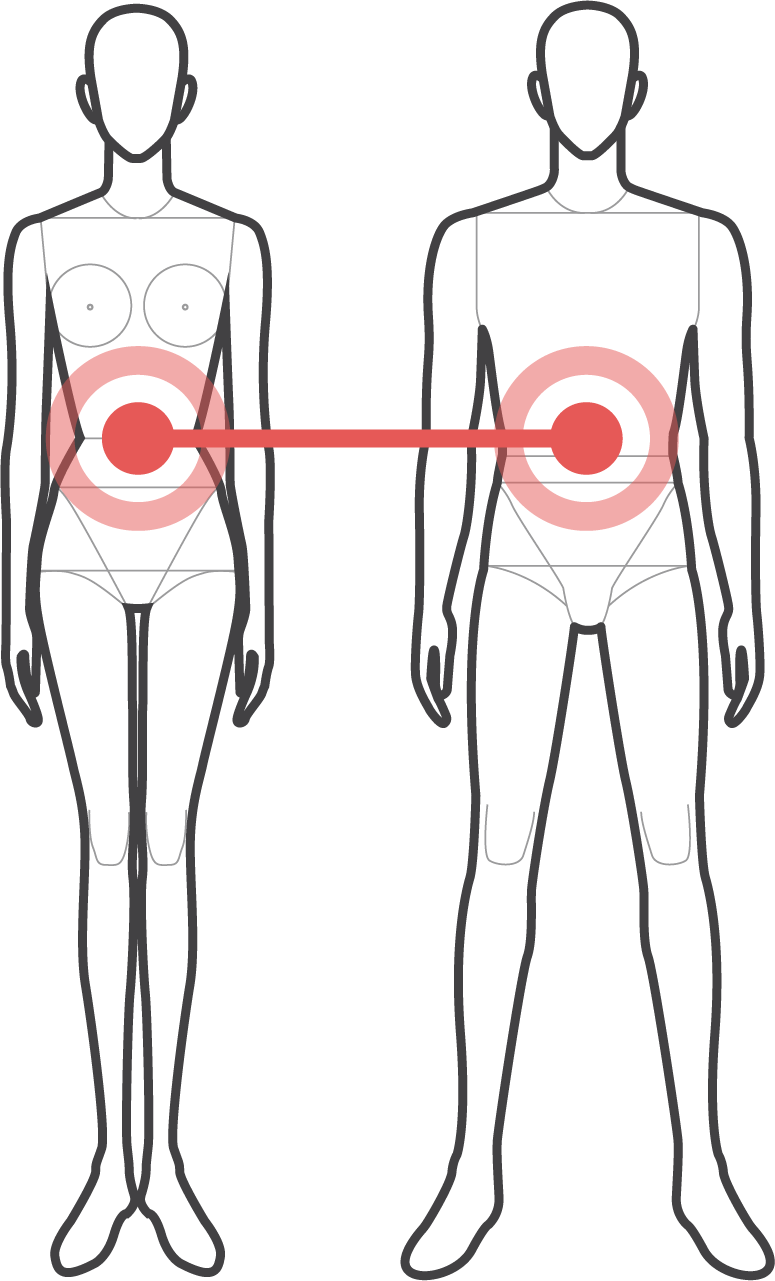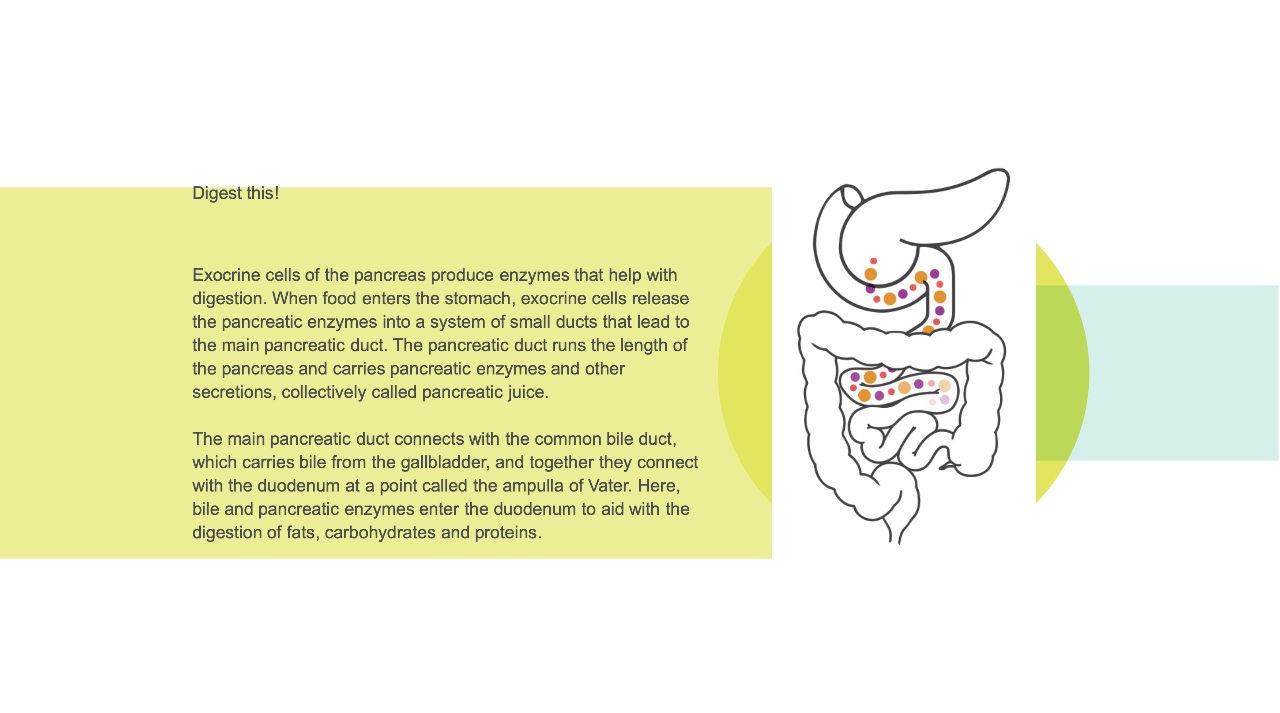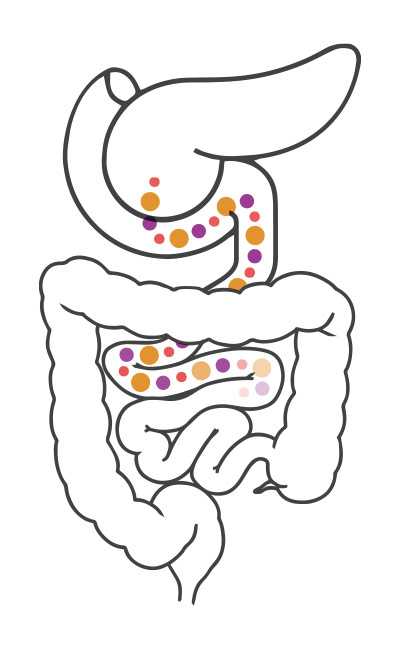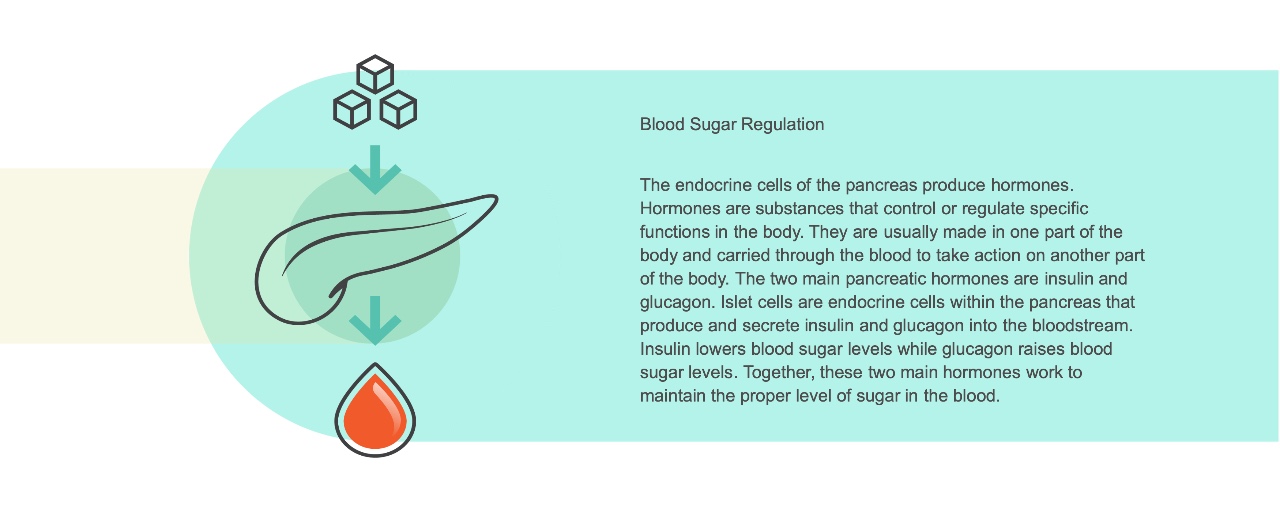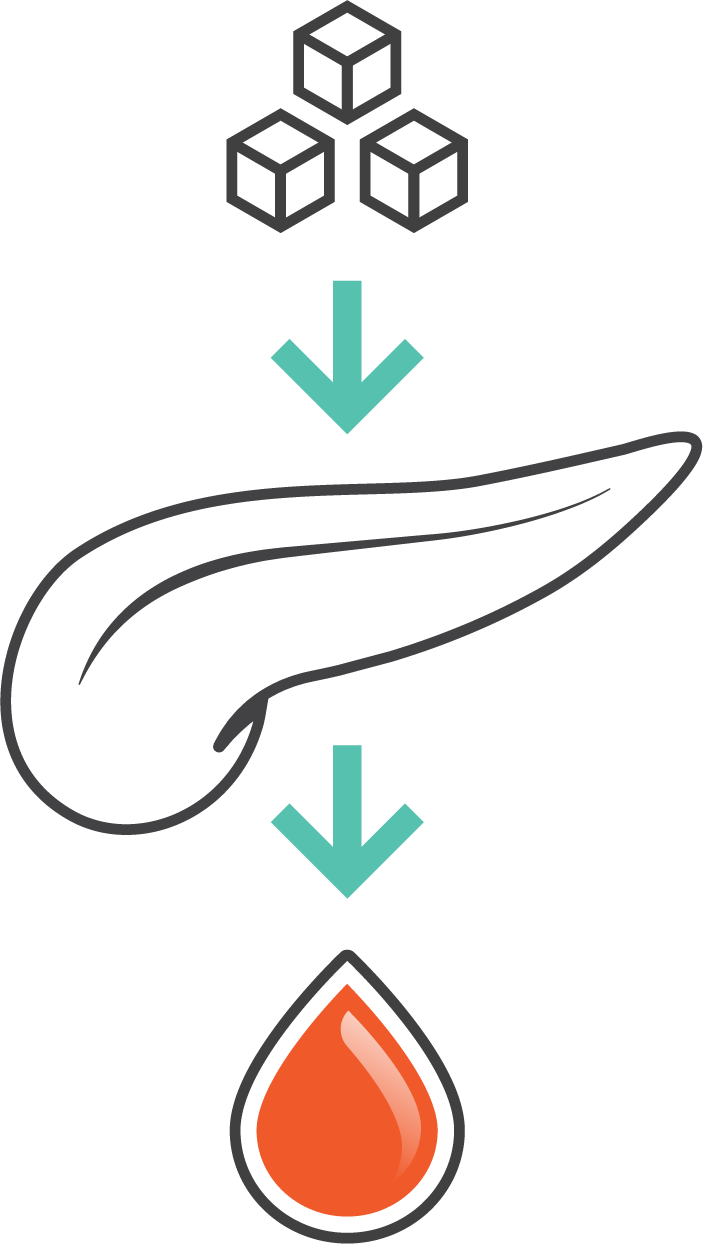What is a pancreas?
This year the WPCC would like to continue our global conversation about this deadly disease in the hopes that more people around the world understand the importance of this small but mighty organ.
Say “Hello Pancreas” and scroll down to learn more.
The pancreas is a gland, about six inches long, located in the abdomen. It is shaped like a flat pear and is surrounded by the stomach, small intestine, liver, spleen and gallbladder. The wide end of the pancreas on the right side of the body is called the head. The middle sections are the neck and body.
The thin end of the pancreas on the left side of the body is called the tail. The uncinate process is the part of the gland that bends backwards and underneath the head of the pancreas. Two very important blood vessels, the superior mesenteric artery and superior mesenteric vein, cross behind the neck of the pancreas and in front of the uncinate process. The pancreas is both an exocrine gland and endocrine gland and has two main functions: digestion and blood sugar regulation.








